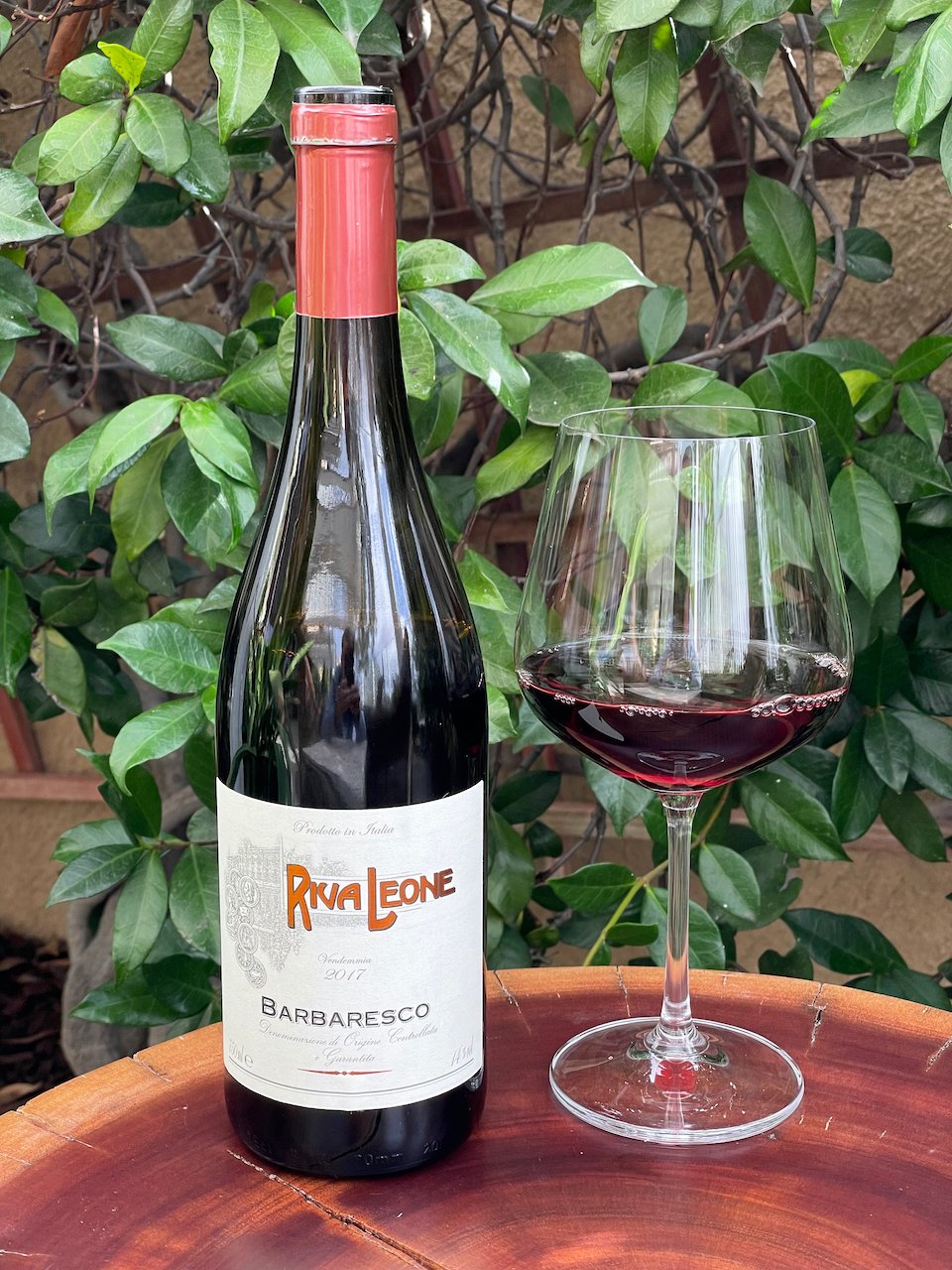2017 Riva Leone Barbaresco ($24.99)
Riva Leone was a man of unique character and personality who was an ambassador for the special wines of the Langhe all throughout Europe in the early 20th Century. His legacy lives on in the Riva Leone wines which uphold the winemaking traditions of Piedmont for a new generation of wine lovers across the world.
Barbaresco wines come from the Piedmont region of Italy and are produced from the Nebbiolo (Nebby-oh-low) grape.
This Barbaresco is aged at least two years including one year in American and French oak barrels.
This wine is medium garnet in color with delicate cherry aromas. On the palate it is medium-bodied with flavors of black cherry, firm tannin and balanced acidity that leads to a nice finish. A classic Barbaresco!
The Riva Leone wines are imported by Mack & Schühle and distributed throughout the U.S.
Disclosure of Wine Sample Submission: I received this sample at no cost for review. The opinions expressed are entirely my own.
Sample Provided by Donna White Communications




